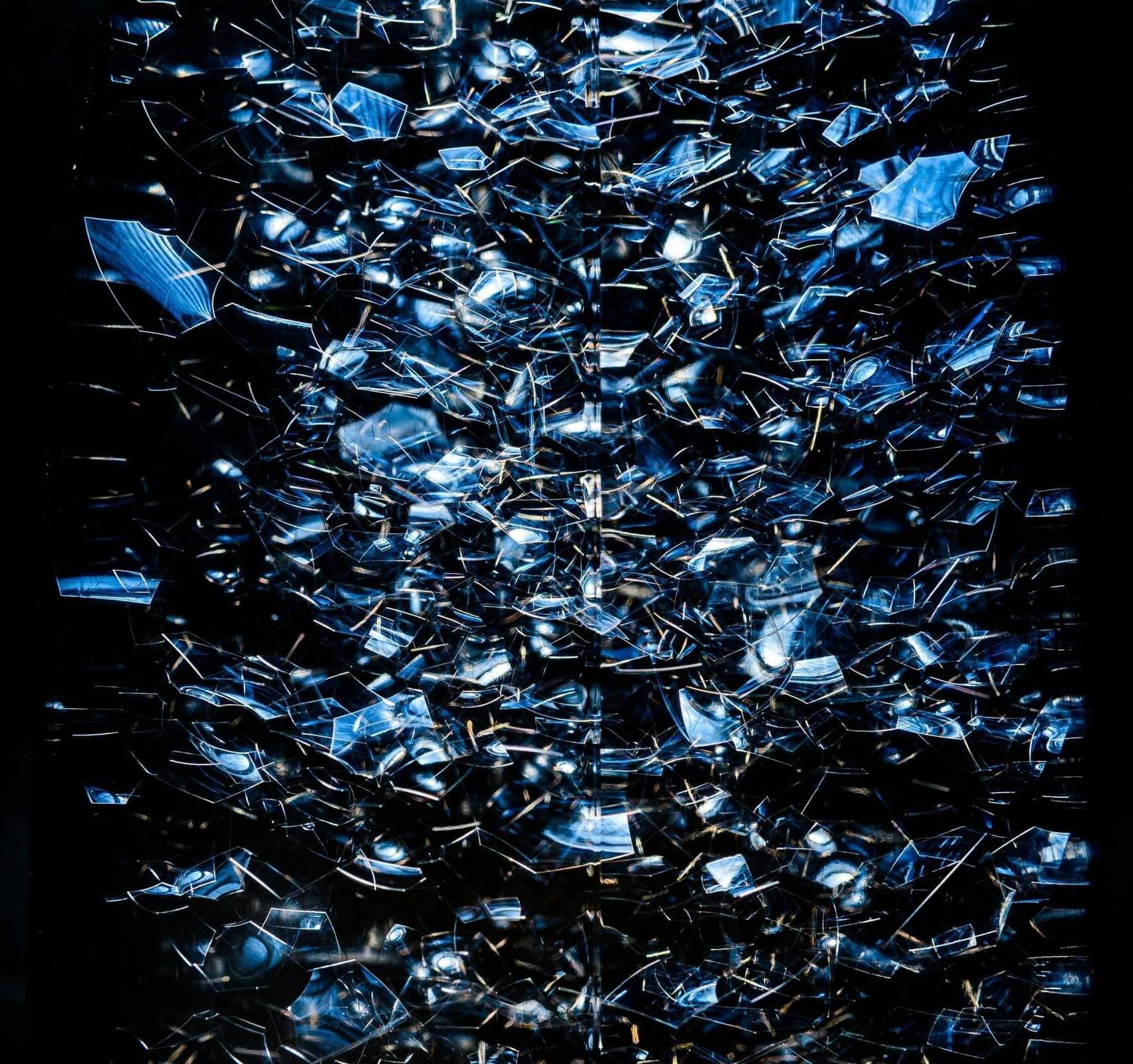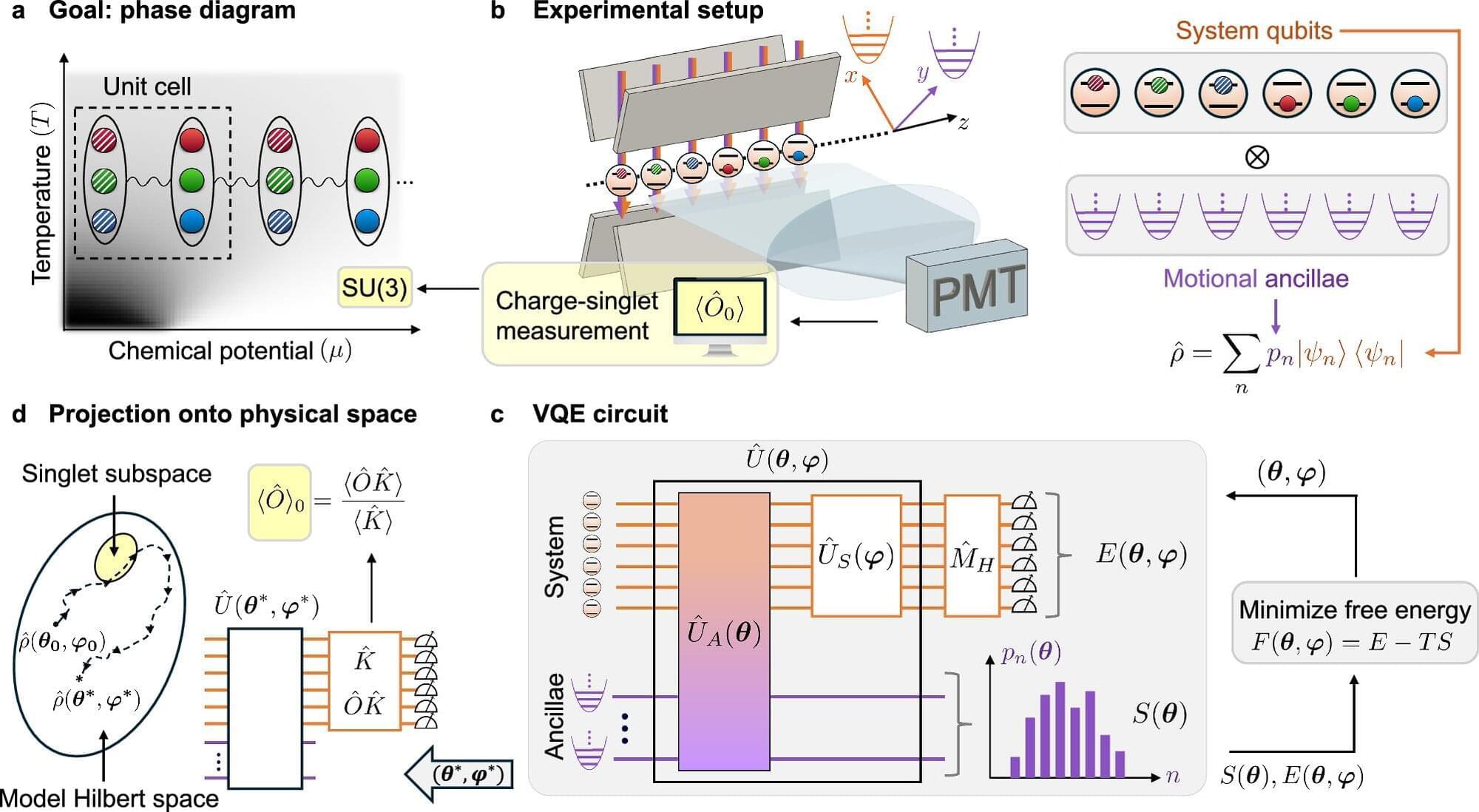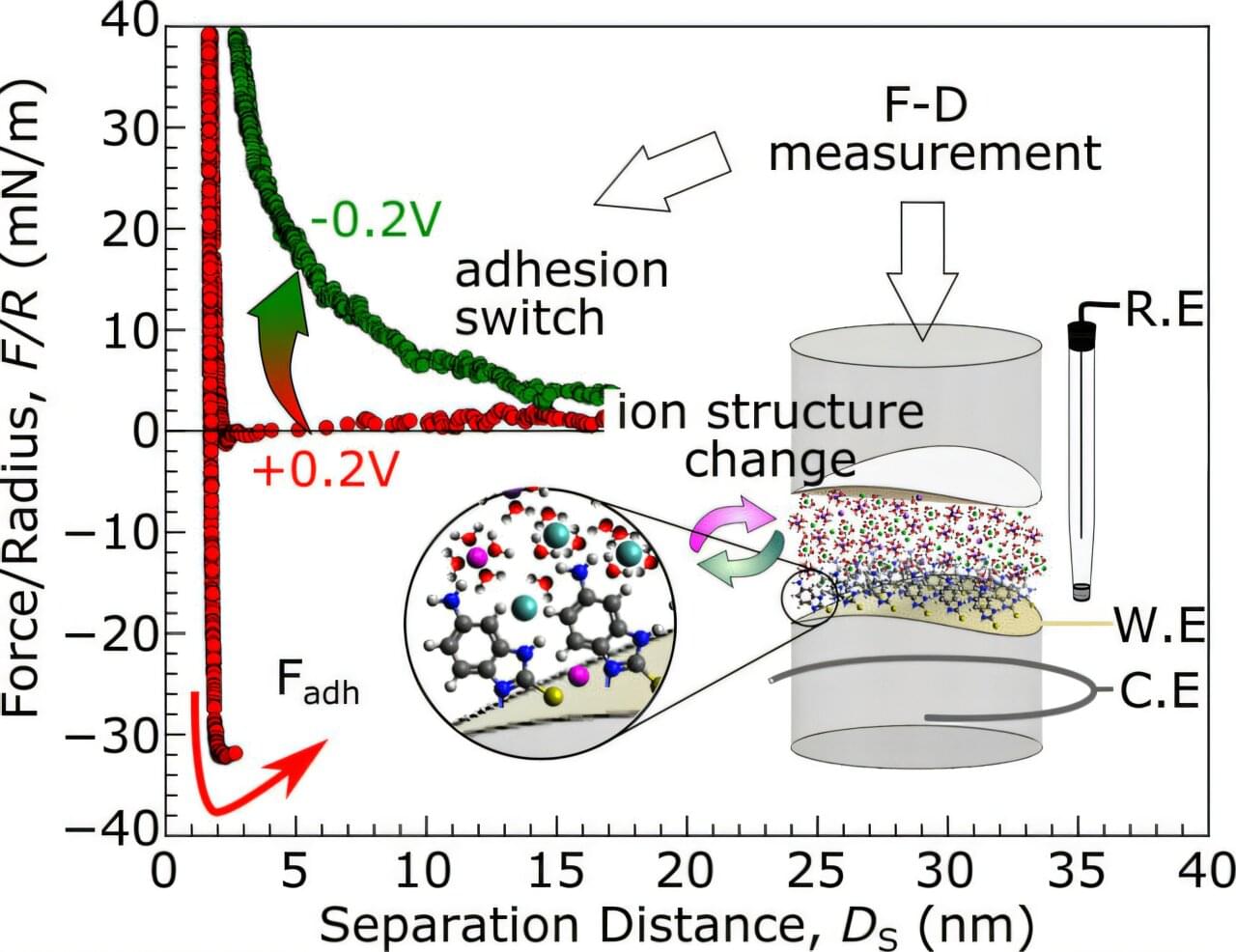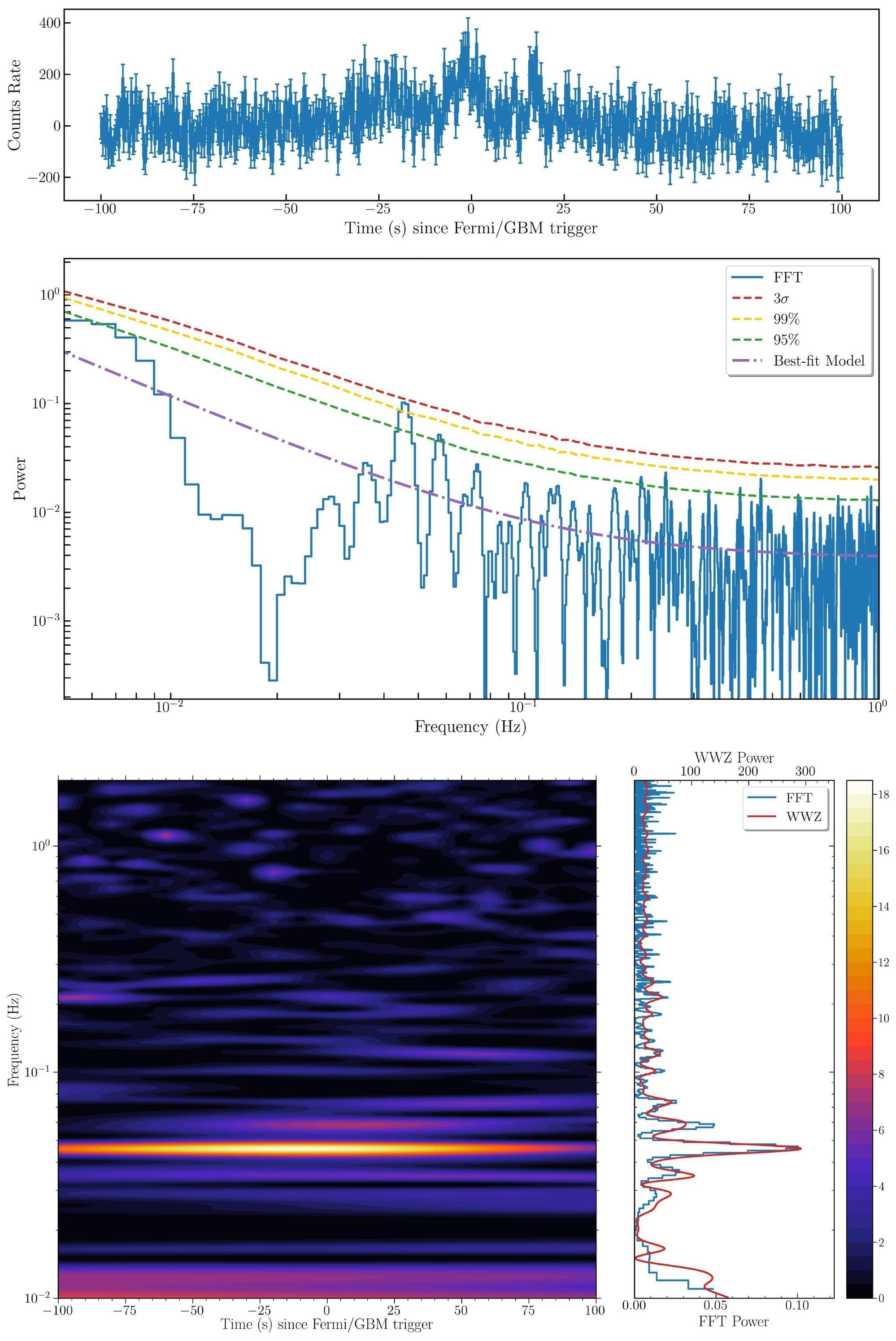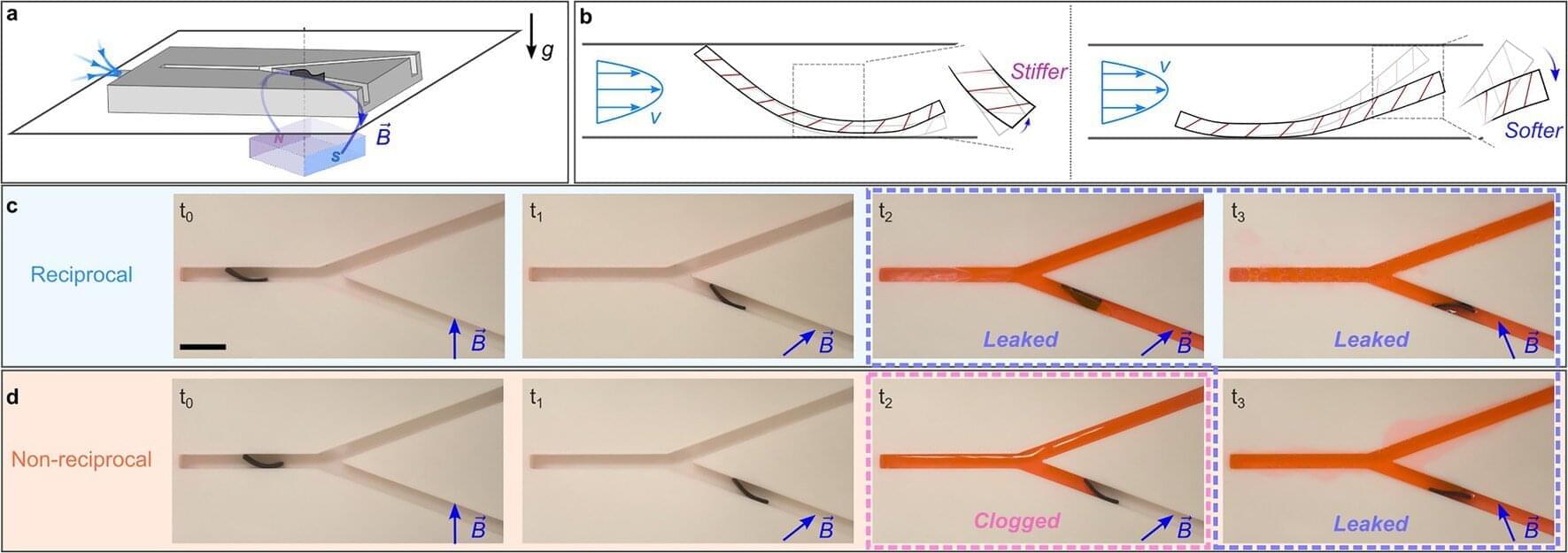When a plate drops or a glass smashes, you’re annoyed by the mess and the cost of replacing them. But for some physicists, the broken pieces are a source of fascination: Why does everything break into such a huge variety of sizes? Now, Emmanuel Villermaux at Aix-Marseille University in France and the University Institute of France has come up with a simple, elegant law for how objects shatter, whether they are brittle solids, liquid drops, or exploding bubbles.
Scientists have long suspected that there was something universal about fragmentation. If you count how many fragments fall into each size range and make a graph of that distribution, it would have the same shape regardless of the object that shattered.
